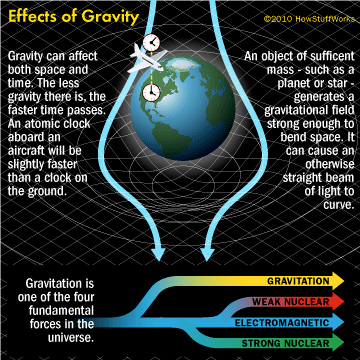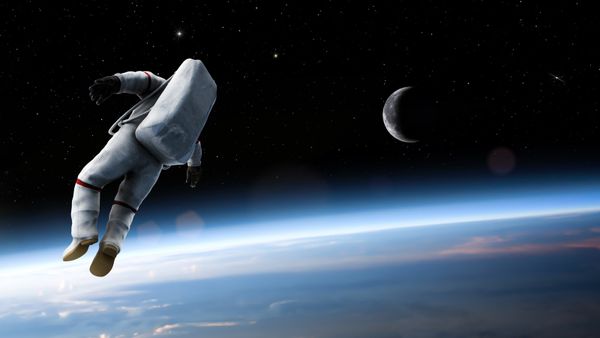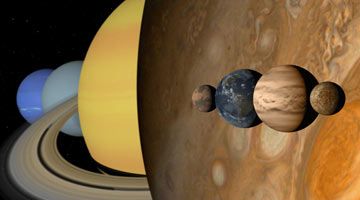Einstein argued that gravity was far more than just a force; it was a curve in the fourth dimension of space and time. Given sufficient mass, an object can cause an otherwise straight beam of light to curve. Astronomers call this effect gravitational lensing, and it's one of the primary methods of detecting unobservable cosmic phenomena such as black holes. Similarly, the less gravity there is, the faster time passes, a phenomenon known as gravitational time dilation. For instance, a clock aboard an orbiting satellite advances slightly faster than a counterpart on Earth's surface.
Einstein's theory of general relativity also introduced a profound concept in the world of physics: gravitational waves. These waves are ripples in the fabric of space-time itself, and they are generated when massive celestial objects, such as neutron stars and black holes, orbit one another. It was Einstein's groundbreaking equations that first theorized the existence of these waves. Notably, gravitational waves were initially considered a theoretical concept until, in 2015, the Laser Interferometer Gravitational-Wave Observatory (LIGO) achieved a groundbreaking feat by successfully detecting the exceedingly faint signals of these waves. This discovery opened up a new and exciting window to explore the universe, offering valuable insights into the dynamic interactions of celestial bodies.
While Einstein's theory brought gravity up to speed with modern science, we still don't know everything about gravity. Some scientists attribute gravity to hypothetical particles called gravitons, which -- in theory -- cause objects to be attracted to one another.



